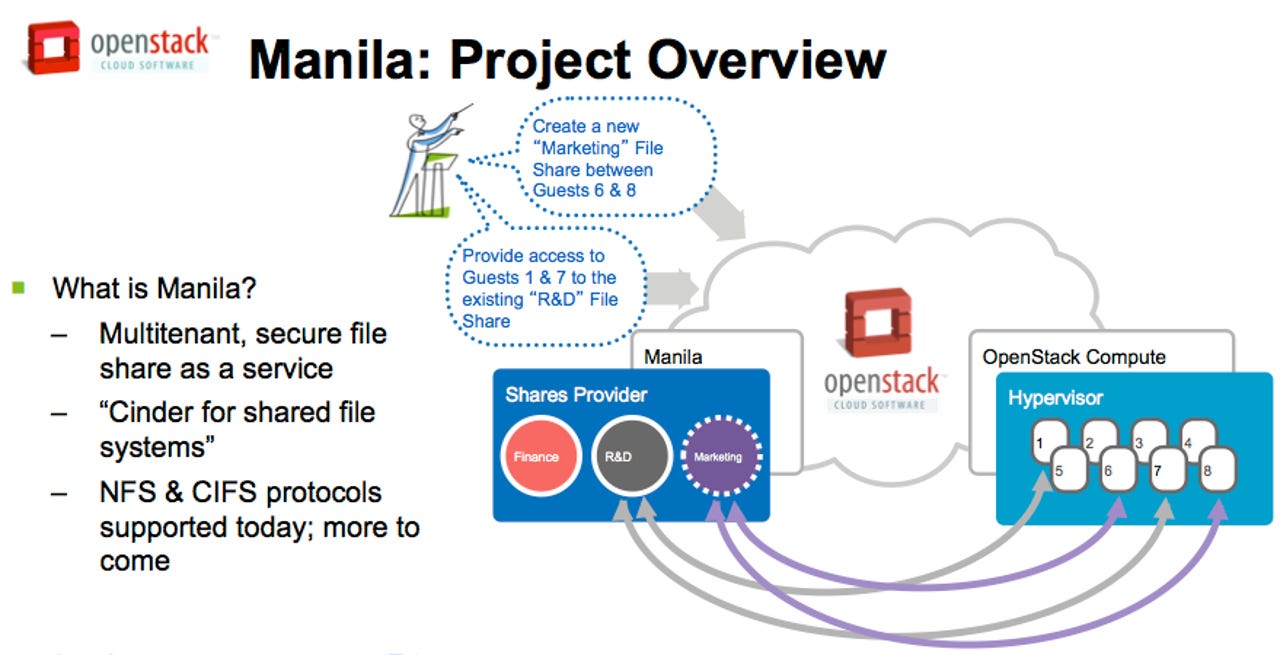Red Hat brings Gluster to OpenStack shared file service

VANCOUVER -- At OpenStack Summit, Red Hat announced it was releasing a technology preview of Red Hat Gluster Storage with integration into OpenStack's new Manila shared file system project.

Red Hat uses Red Hat Gluster Storage and its installable file system Ganesha to manage Manila file shares.With this Manila file shares can grow, shrink or migrate across physical resources. The goal is to make it so storage servers can be added or removed from the system dynamically and the data remains online while the system re-balances across the available hardware.
Customers can test the technology preview of Red Hat Gluster Storage with OpenStack Manila shared file system service by downloading OpenStack Manila from the OpenStack RDO community-supported distribution with the RDO Packstack Installer. The technology preview will also be included in the forthcoming Red Hat Enterprise Linux (RHEL) OpenStack Platform 7 release.
Ranga Rangachari, Red Hat's VP and general manager of Storage and Big Data said, "IT professionals acknowledge open, software-defined storage as a good fit for cloud, and many rely on Red Hat as a trusted partner to assist them on their cloud journey. The technology preview of Red Hat Gluster Storage with Manila can move customers another step forward in realizing their next-generation enterprise datacenter plans."
Related Stories: